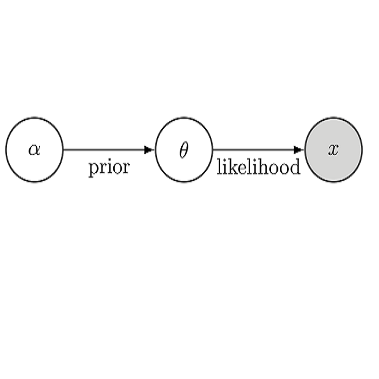In this paper, we study how to efficiently and reliably detect active devices and estimate their channels in a multiple-input multiple-output (MIMO) orthogonal frequency-division multiplexing (OFDM) based grant-free non-orthogonal multiple access (NOMA) system to enable massive machine-type communications (mMTC). First, by exploiting the correlation of the channel frequency responses in narrow-band mMTC, we propose a block-wise linear channel model. Specifically, the continuous OFDM subcarriers in the narrow-band are divided into several sub-blocks and a linear function with only two variables (mean and slope) is used to approximate the frequency-selective channel in each sub-block. This significantly reduces the number of variables to be determined in channel estimation and the sub-block number can be adjusted to reliably compensate the channel frequency-selectivity. Second, we formulate the joint active device detection and channel estimation in the block-wise linear system as a Bayesian inference problem. By exploiting the block-sparsity of the channel matrix, we develop an efficient turbo message passing (Turbo-MP) algorithm to resolve the Bayesian inference problem with near-linear complexity. We further incorporate machine learning approaches into Turbo-MP to learn unknown prior parameters. Numerical results demonstrate the superior performance of the proposed algorithm over state-of-the-art algorithms.
翻译:在本文中,我们研究如何高效和可靠地检测活性装置,并在多投入多输出输出(MIMO)或交替频率多功能(OFDM)的基础上,在一个多投入多输出多输出(MOIMO)或交替频率多功能(OFDM)中估计其频道。首先,我们研究如何高效和可靠地探测活跃装置,并在多输出多输出多输出(MMMMTC)中估算其频道。首先,通过利用窄带MMMMTC中频道频率反应的关联性,我们提出一个块状线性信道模式。具体地说,窄带内连续的ODM子容器分为几个小区块,一个只有两个变量(中值和斜度)线性功能的线性功能,用于接近每个分块的频率选择频道频道(OFDDM),从而大大减少了在频道估计中有待确定的变量数量,并可以调整小段号数目,以便可靠地补偿频道频率的选择性。第二,我们将块线性系统的联合主动装置探测和估计作为Bayesian推论问题。通过频道矩阵矩阵矩阵矩阵矩阵矩阵的块分解,我们发展了一个高效的高级图博信息,从而在Bayurburbo 学习之前的变变变变数中进一步解决前的系统变变变变变变变变变变式变式变式的系统变结果。



